
Until a few years ago, the mention of Dungeons & Dragons (D&D) to a casual observer may have conjured a certain stereotype: a group of fantasy “nerds” looking to disconnect with reality by role playing in realms of mystery, fantasy, and magic. While it’s true that countless adventures have unfolded in wood-paneled basements across the U.S., the sheer magnitude of the D&D fandom largely managed to evade the mainstream radar — until recently.
It all started nearly 50 years ago, when Gary Gygax and Dave Arneson turned their passion for wargames into a revolutionary new title that would essentially kickstart the tabletop role-playing game (TTRPG) industry. Together with Don Kaye and Brian Blume, they formed Tactical Studies Rules (TSR) to publish the first edition of D&D from their home base in southeastern Wisconsin in 1974.
In D&D, players assemble an adventuring party to go on epic quests while exploring fantasy worlds. The Dungeon Master serves as both storyteller and referee as players level up in experience throughout the game and its campaigns.
As its popularity quickly caught on, a new version, Advanced Dungeons & Dragons, was released and game components, including The Dungeon Masters Guide and the infamous d20 (a 20-sided die), became major parts of the pop-culture lexicon.
Rolling the die and jumping ahead a few years, TSR was sold to Wizards of the Coast (WotC), which in turn was acquired by Hasbro in 1999, just as a new generation of players discovered and embraced D&D. In 2000, the introduction of the Open Game License (OGL) swung open the gates for third-party publishers to create TTRPG products based on the groundwork that D&D laid out.
Thanks to a growing and community of new players and creators, the updated fifth edition of D&D that was released in 2012, and access to media platforms like YouTube and Twitch, creators and celebrity players were able to bring their collaborative campaigns to a global audience. The fandom was expanding, but the biggest boom for D&D in the mainstream was still yet to come.
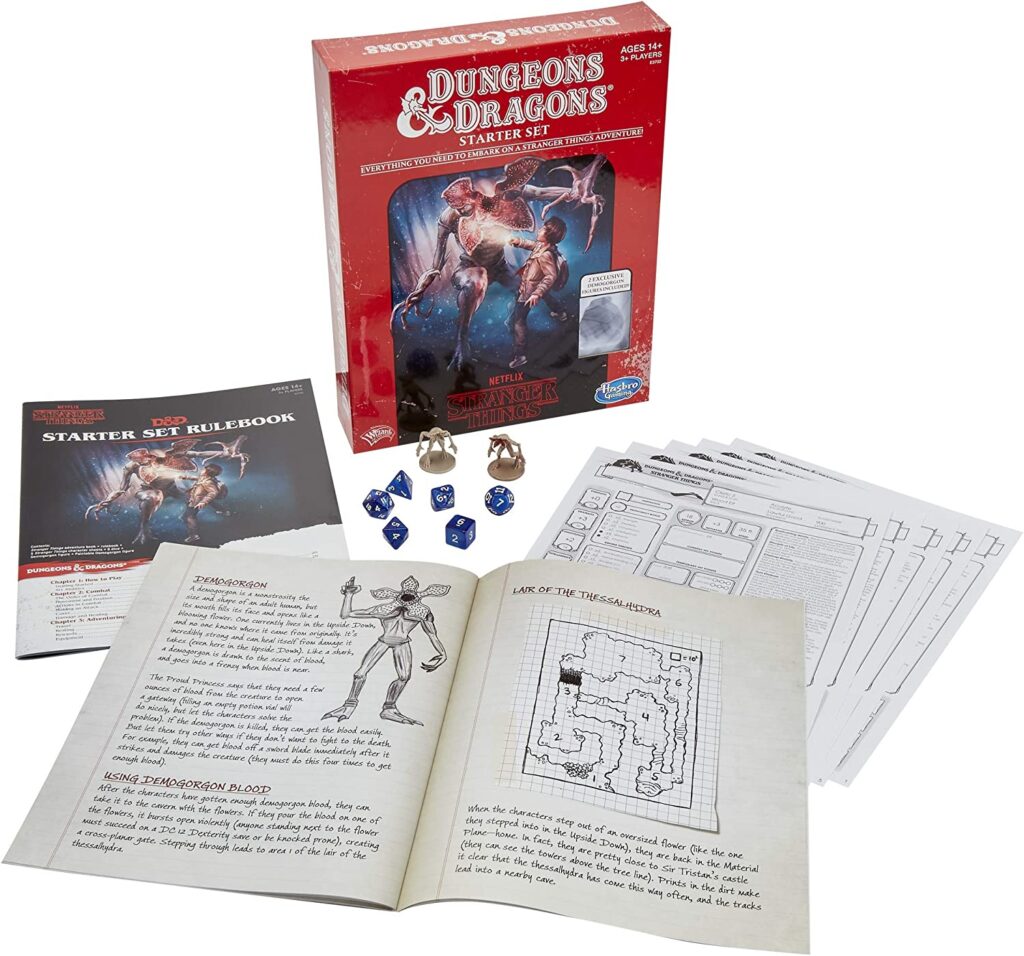
D&D GOES UPSIDE DOWN
Stranger Things hit Netflix in 2016, dropping a new breed of D&D-inspired storytelling into living rooms everywhere. In the first episode, a 12-year-old disappears after leaving a D&D campaign with his friends, setting the stage for an adventure packed with other nods to D&D lore. The success of the series did something that earlier, official entertainment (a 1983 cartoon, a 2000 movie) failed to do: It pushed D&D into the mainstream.
“D&D is cooler than ever,” says Liz Schuh, director of product management for D&D at WotC. “While portrayals in pop media have certainly contributed to record-breaking sales year after year, we at Wizards believe the ease of entry into the modern rules for the game has allowed more people to fall in love with rolling dice with your friends. It’s a lot easier to learn how to play by watching your favorite content creators out there doing the same.”
Chef Mike Haracz is a notable member of the D&D community — a Dungeon Master in a fifth edition campaign that usually plays a couple of times each month — and a content creator himself. The former manager of culinary innovation at McDonald’s has seen the growth of the fandom in recent years. “I love spotting a good D&D reference in other places like TV, movies, and media,” Haracz says. “Obviously folks like Critical Role, Dimension 20, and a highly engaged TTRPG community have helped launch D&D into what it is today. The success of things like The Legend of Vox Machina on Amazon Prime, plus future programming [on the way] is also increasing the fanbase.”
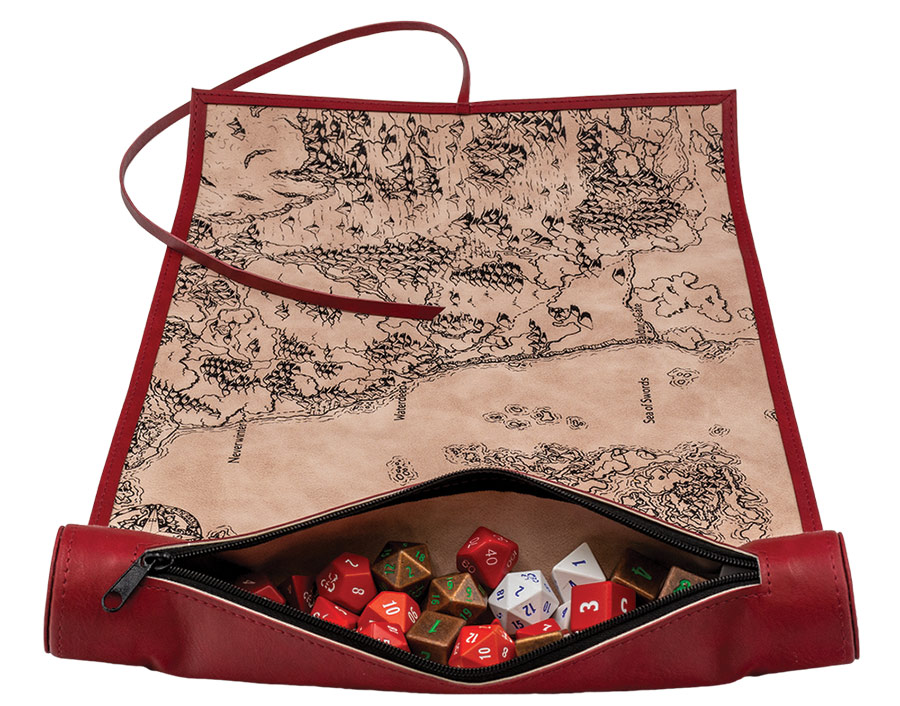
A DANGEROUS MISSTEP ON THE WAY TO THE MOVIES
This spring, Hasbro and WotC are betting that the accelerated growth of D&D will spark box office success for Dungeons & Dragons: Honor Among Thieves. The heist film from Paramount Pictures is set in the Forgotten Realms campaign and arrives supported by a full range of new toys, games, and must-have merch of every kind. Additionally, Paramount+ ordered eight episodes of a live-action D&D TV series from eOne, and rumors persist that an unscripted series will follow.
But in an unprecedented snafu, Hasbro and WotC rocked the boat with the D&D community by making plans to deauthorize and replace the original OGL just months before the movie hit screens. Linda Codega, an entertainment journalist for io9/Gizmodo, broke the story that (at least temporarily) fractured the fandom.
“[The OGL] gave away the whole farm in 2000, and by 2020, it was clearly untenable with the edicts of Hasbro’s money-first decision-making,” Codega says. “It was simply a decision they had in the works for years and with the new film they saw an opportunity.”
With plans for a revised OGL that called for hefty royalties from third-party creators, the backlash was swift with calls to boycott the upcoming film. Ultimately, Hasbro and WotC quickly abandoned plans for a change and openly admitted in a statement that “It’s clear from the reaction that we rolled a 1.”
Codega says that “a lot of folks have moved on to other games and systems. This was a breaking point in a lot of ways. I don’t think that the online community will ever fully embrace D&D again, and divestment from WotC will only strengthen the TTRPG industry as a whole.”
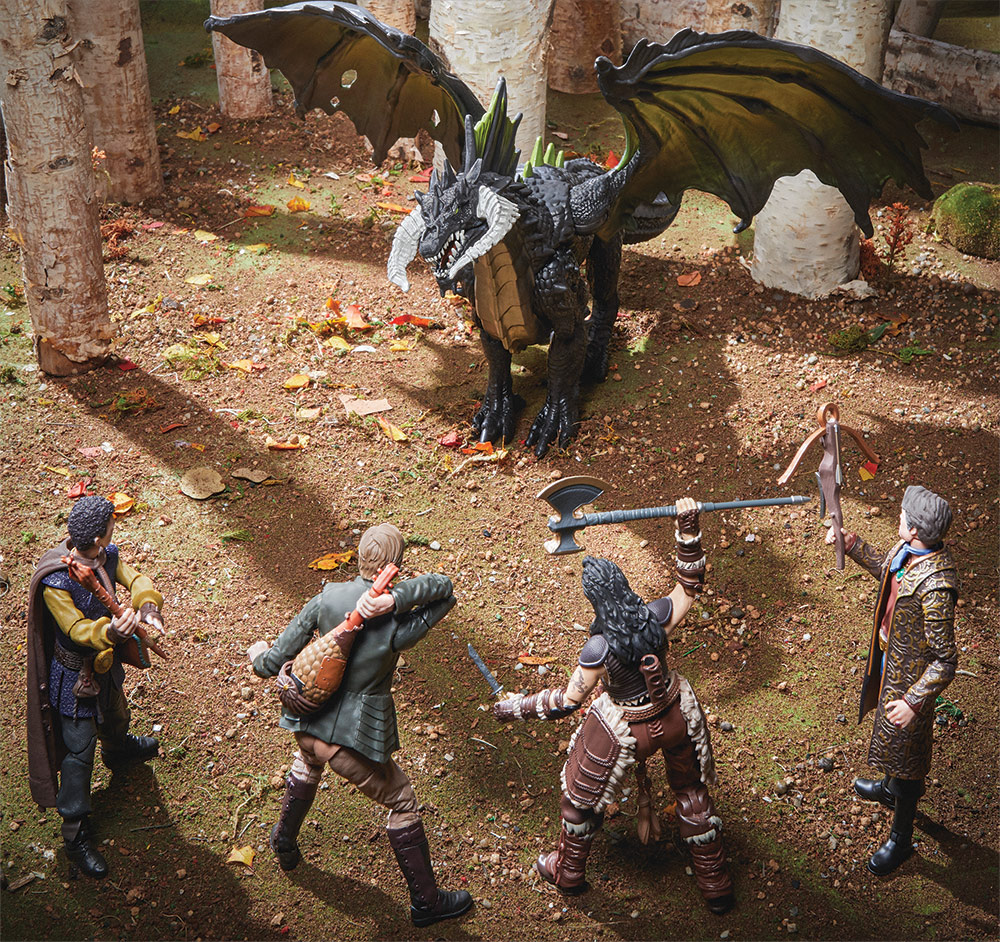
EXPANDING THE CAMPAIGN
With the OGL debacle seemingly banished and the movie now playing in theaters, D&D is everywhere. By taking a “something for everybody” approach, Hasbro and WotC have assembled an epic team of partners to create a consumer products program on par with the biggest brands on the planet.
“It was important to the team to create a toy line that would appeal to both new fans of D&D — where maybe their first experience with the brand would be seeing the movie — and more seasoned adventurers who have been playing for years and are already actively engaged,” says Emily Bader, manager of global brand development and marketing for D&D, Hasbro. “We ultimately created a blend of movie- and lore-inspired products that have cross-audience appeal and, quite frankly, look pretty awesome.”
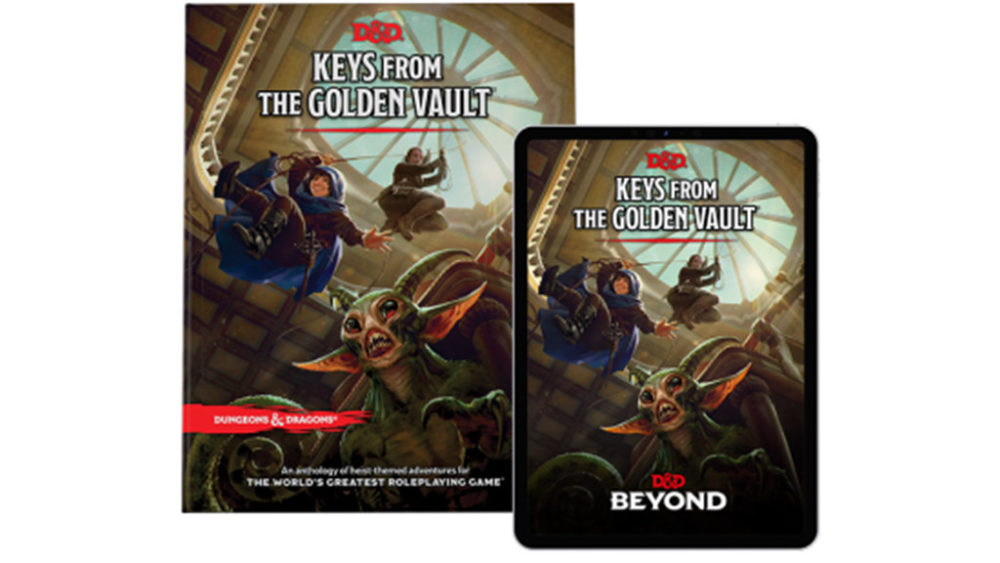
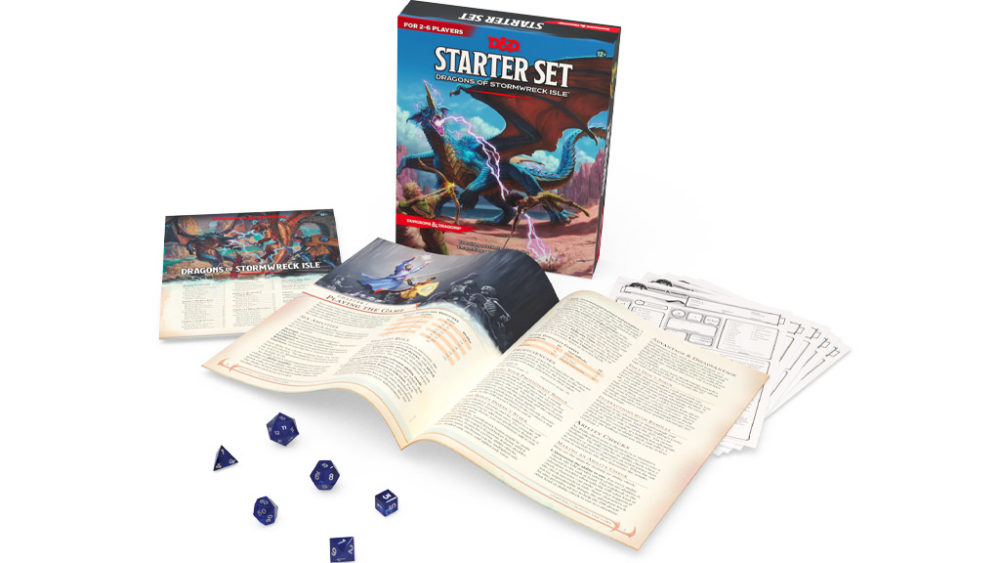
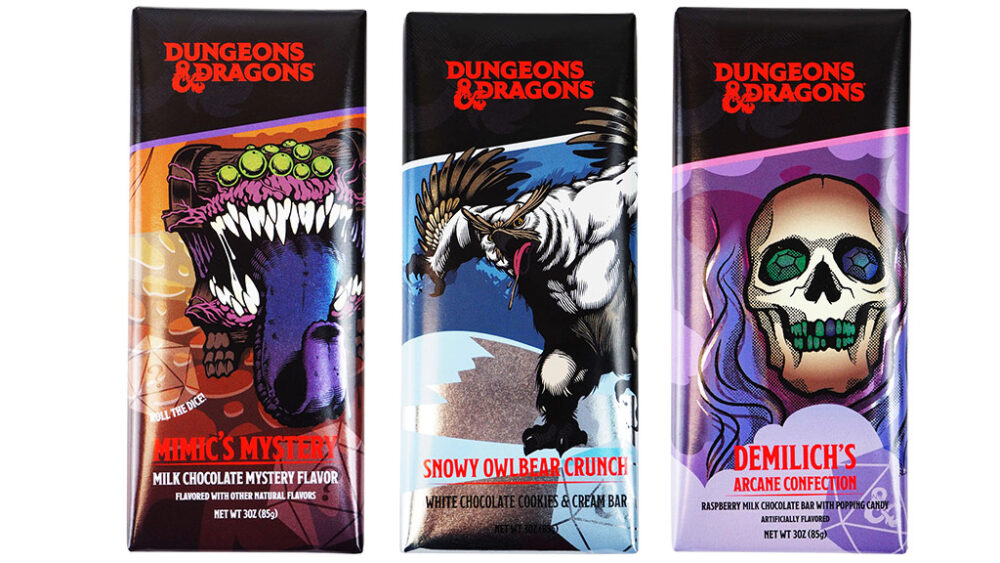
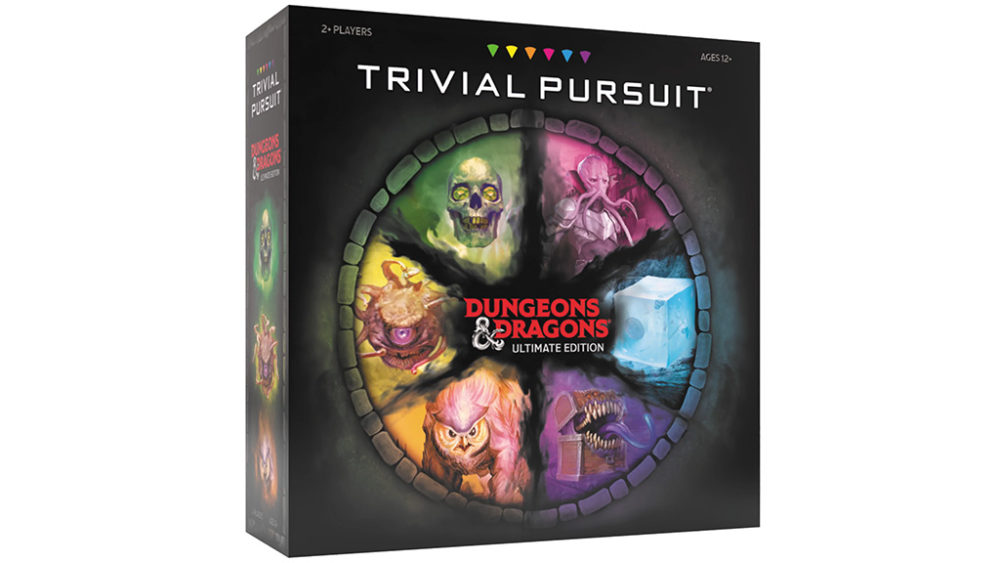
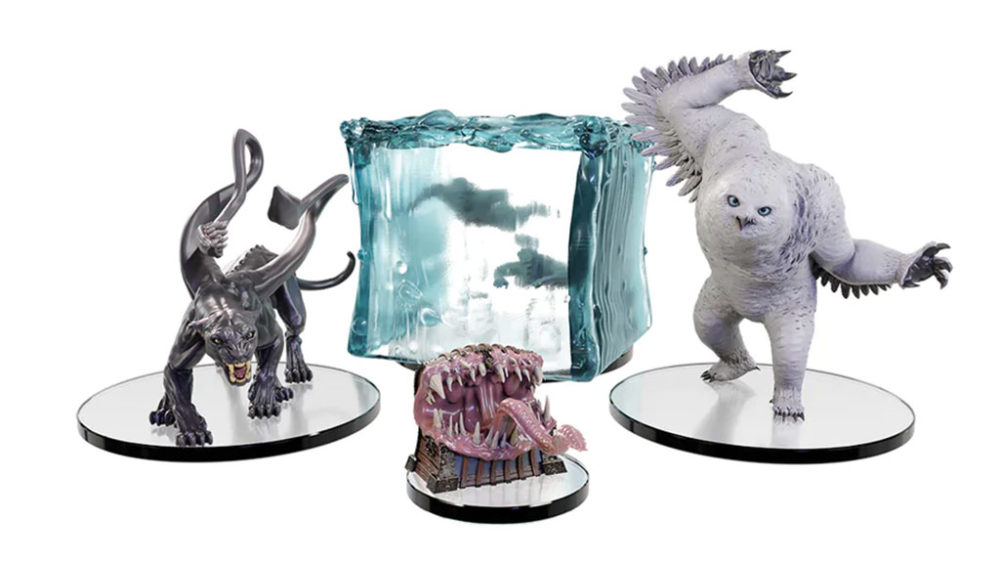
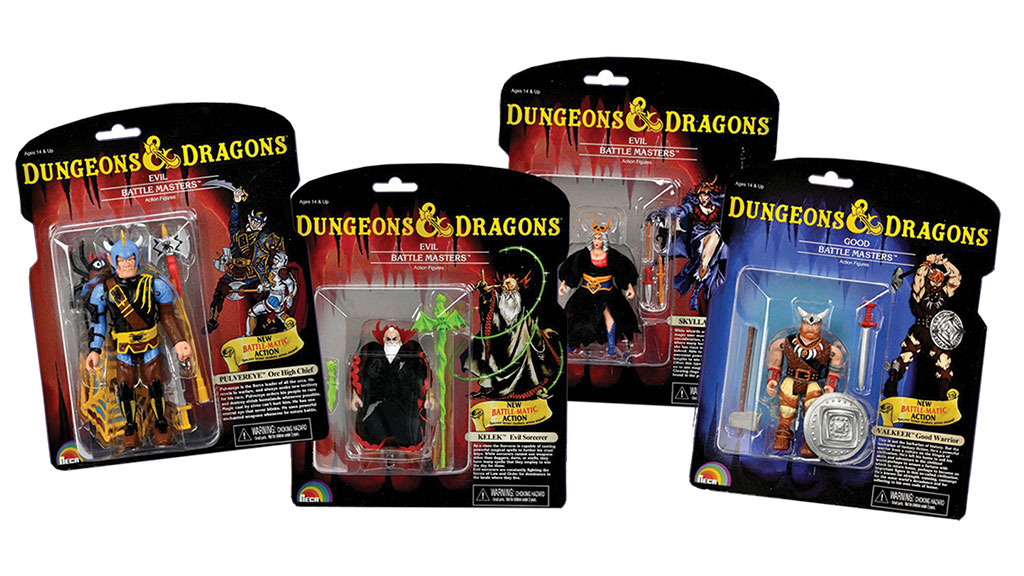
Hasbro’s line spans everything from NERF blasters and Dicelings (big d20 replicas that convert into dragon figures) to Cartoon Classics and Golden Archive action figures.
And, if Hasbro’s 6-inch scale D&D action figures aren’t your thing, NECA is offering a premium 7-inch line and Super7 will welcome D&D into the growing world of its 3.75-inch-scale, 1980s-style ReAction Figures this summer.
Fashion collaborations with DJ Steve Aoki’s Dim Mak and actor Joe Manganiello’s Death Saves will put fresh threads on Dungeon Masters’ backs, while companies like Uncanny Brands, Ata-Boy, and Fanattik will deliver D&D-inspired home appliances and collectibles.
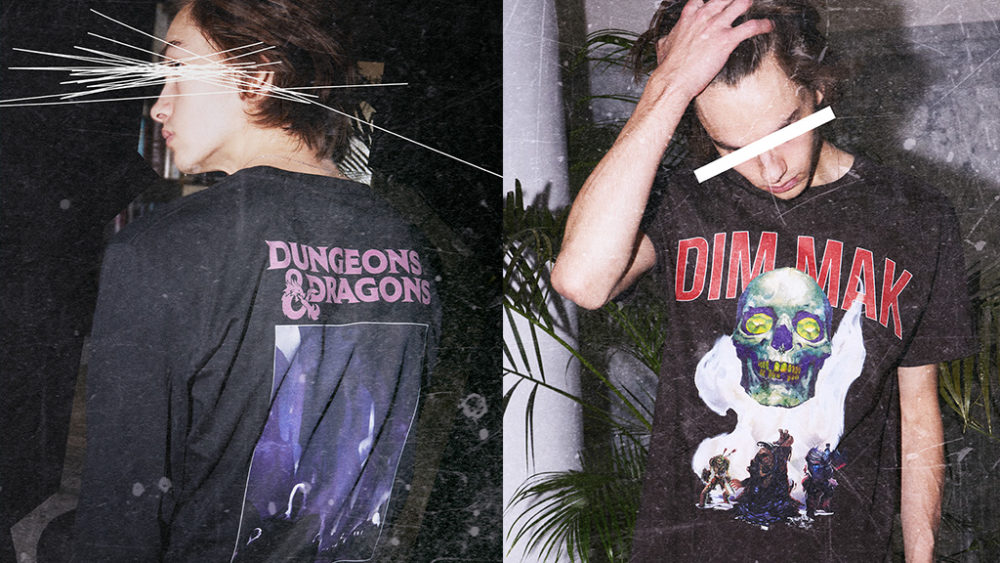
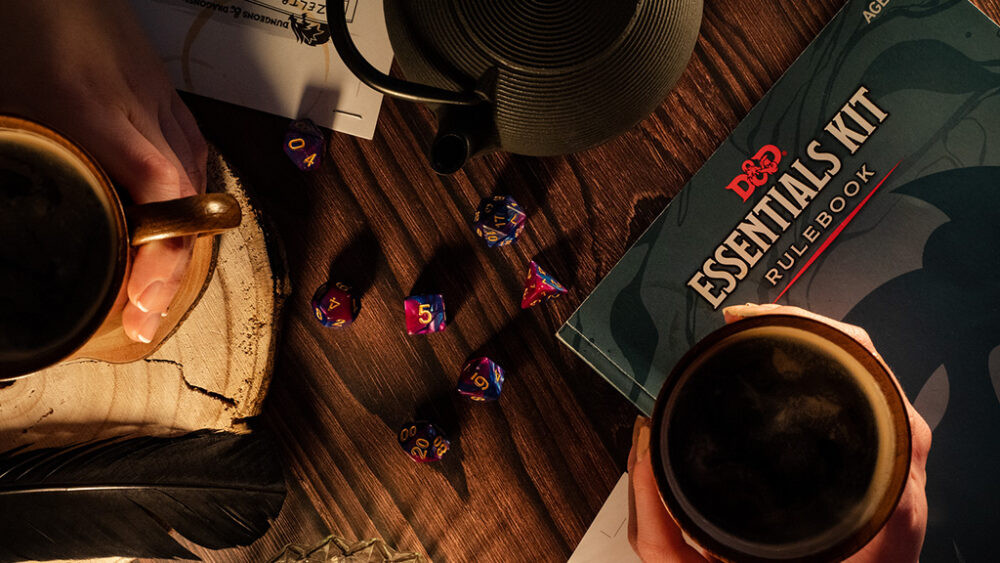

But that’s just the beginning as Hasbro, WotC, and their partners gear up for next year’s 50th-anniversary celebration of the game that started it all. According to Schuh, “The D&D Team has a lot of amazing things up the sleeves of their wizard robes for the 50th anniversary.”
One project already confirmed to be looming on the horizon in 2024 is a feature-length D&D documentary from Manganiello, who will co-direct with Kyle Newman (Fanboys).
While the possibilities for where D&D could ultimately go on and off screen are endless, it’s still the original analog game that keeps adventurers coming back to the table for more.
This article was originally published in Issue No. 16 of The Pop Insider. Click here to read the full issue!
